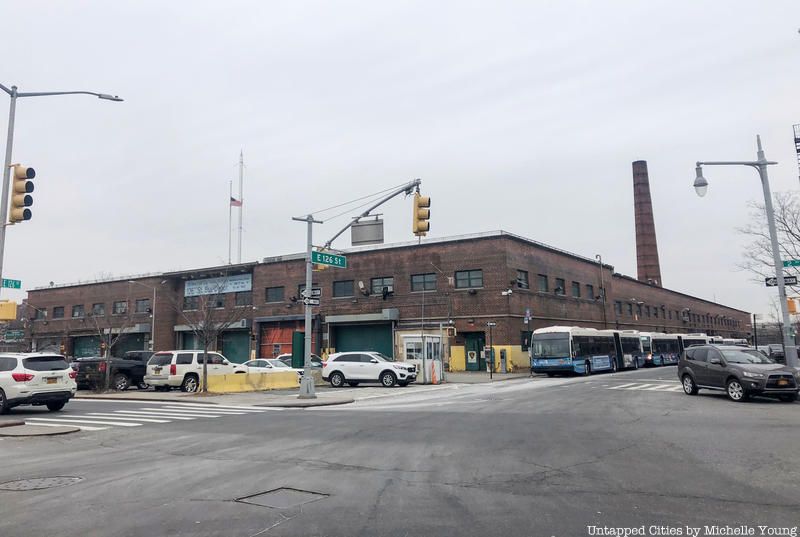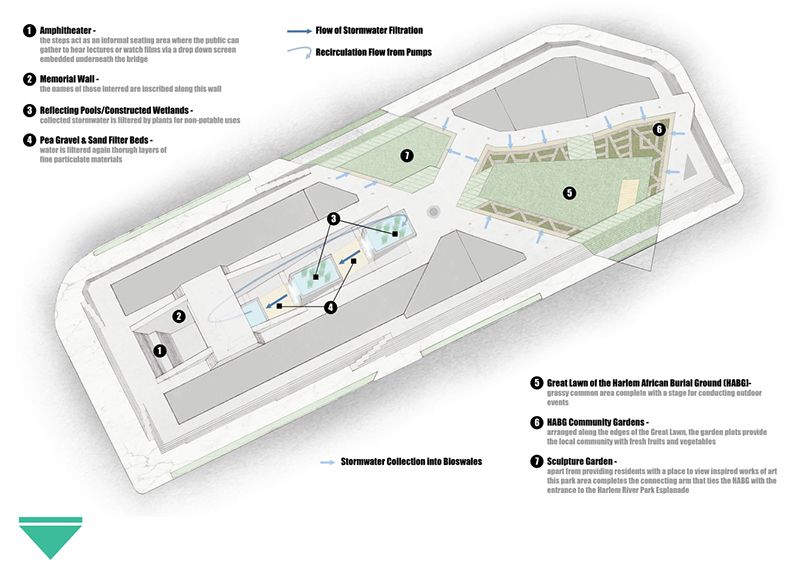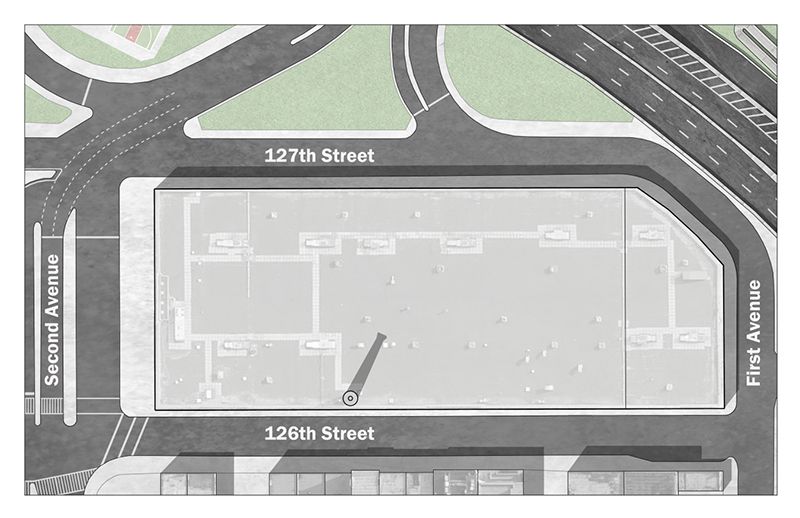NYC’s Forgotten ‘War on Christmas Trees’
Discover how an obscure holiday crackdown affects festive street vendors today!


Since the Village of Harlem was founded in 1660, it has served as a major residential and cultural center for communities of African descent. Still to this day, many New Yorkers are unaware of the historical significance of the neighborhood and the role of freed and enslaved Africans who helped build it. On a sacred Lenape tribal site near Harlem River and East 126th Street, the remains of at least two individuals were found (one likely to be a woman of African descent) underneath 2nd Avenue and 126th Street, the site of a modern day bus depot site.
The NYC Economic Development Corporation (NYCEDC) is now working in close collaboration with the Speaker’s Office and the Harlem African Burial Ground Task Force to redevelop the site and build a meaningful memorial to ensure that a hundred of years of neglect will not erase the contributions of those who are buried there.

126th Street Bus Depot
Over the years, the East 126th Street Bus Depot site has served many functions. Nearly four centuries ago, the Reformed Low Dutch Church of Harlem (now known as the Elmendorf Reformed Church) built its first church building near the shore of the Hudson River, on or near a portion of the site (what is now First Avenue between 126 and 127 Streets). When a more substantial building was constructed, about a quarter of an acre connected with the original church land was designated a “Negro Burying Ground (now the Harlem African Burial Ground),” which remained active until at least 1856.

Aerial view of the 126th Street Bus Depot (in red) and the Harlem African Burial Ground (in orange)
During this period, both free and enslaved Africans continued to provide the labor that would fuel New York’s growth and modernization. As the city evolved, so did the property including and surrounding the Dutch Reformed Church, which was sold and adopted for different uses. In 1869, the First Church of Harlem purchased 6,000 square feet of burial space for $2,250 from The Woodlawn Cemetery in the Bronx to transfer the remains from “God’s Acre,” the primary cemetery which held persons of European descent. The “Negro Burying Ground” was left in place and the land atop the site was later developed into a number of different operations, including an amusement park, a casino, and a film studio.
Prior to the construction of Willis Avenue Bridge, archeological consultants, during an environmental review process, determined that there was an African Burial Ground associated with the Reformed Low Dutch Church of Harlem located underneath the Bus Depot. The church was contacted with the possibility, which eventually lead to the formation of the Harlem African Burial Ground Task Force, a group of citizens who have united to restore and memorialize the Burial Ground; it is now co-chaired by NYC City Council Speaker, Melissa Mark-Viverito and Rev. Dr. Patricia A. Singletary, Pastor of the Elmendorf Reformed Church.
Due to the collaborative efforts of the Harlem African Buried Ground Task Force, which guided the research that lead to the discovery and exhumation of the remains at the site, the bus depot was vacated in 2015 and operations were moved offsite. Today, the City has partnered with Melissa Mark-Viverito, the East 126th Street Task Force, the Harlem African Buried Ground Task Force, elected officials, and community stakeholders to redevelop the land into a mixed use project, which will centrally feature a memorial dedicated to the Burial Ground.

“For us, what this really is, is an opportunity to create a meaningful memorial. What we have heard from members of the Task Force thus far and the work that we’ve done thus far, is to ensure that there is a component that recognizes the historical component boundaries of the African American Cemetery, as well as an indoor center, a community center, a culture center to tell the story about the site and provide a space for all New Yorkers to learn, honor and commemorate its significance, said NYCEDC President Maria Torres-Springer.
Existing (top) vs. Conceptual (bottom) for the Harlem African Burial Ground Site:


All renderings via The Harlem African Burial Ground Task Force
According to the city, roughly 1.1 million square feet will be dedicated to the development: 655,215 sq. ft. will be set aside for residential space, 315,000 sq. ft. for commercial space and 30,000 sq. ft. for the memorial. Once the site is further analyzed, a developer will also be chosen by early 2018.
Over the coming years, the community-based project will address community needs such as affordable and mixed income housing and job-creation. Most importantly, it will ensure that the site is not forgotten after decades of neglect. All those to come will also be educated about its centuries-long history.
Next, check out The History of Recovering NYC African Burial Ground and see what NYC’s former cemeteries are now.
Subscribe to our newsletter